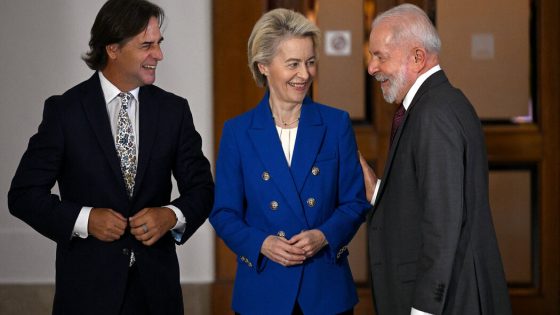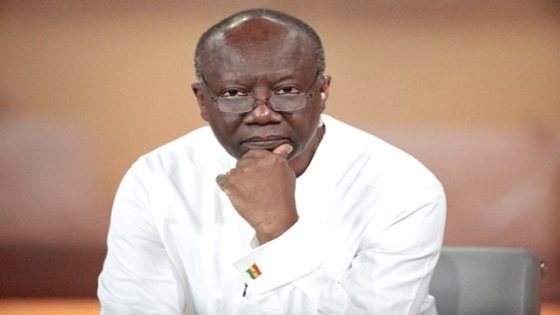On February 3, 2025, President Trump announced new tariffs of 25 percent on imports from Mexico and Canada, as well as a 10 percent tariff on China. This decision has prompted several countries, including U.S. allies, to pursue their own trade agreements independently of the united states.
- Global trade partnerships are forming without the U.S.
- European Union concluded three new trade deals.
- Major agreement created with South American countries.
- Tariffs imposed on Mexico, Canada, and China.
- Europe emphasizes transparent trade agreements.
- U.S. economy remains influential but can be avoided.
In recent months, the European Union has finalized multiple trade deals aimed at expanding its economic partnerships globally, signaling a shift in international trade dynamics.
The recent imposition of tariffs by President Trump marks a significant escalation in U.S. trade policy that may lead to broader economic repercussions. As the United States raises barriers around its trade relationships, other nations are actively seeking to lower theirs through new partnerships. The European Union (EU), for instance, has recently concluded three major trade agreements within two months.
The EU’s latest agreements include:
- A landmark deal with four South American countries to create one of the world’s largest trading zones.
- A renewed agreement with Switzerland.
- An updated arrangement with Mexico.
Additionally, negotiations have resumed for a free-trade agreement with Malaysia after more than a decade-long hiatus. Ursula Von der Leyen, president of the European Commission, emphasized that these deals are transparent and devoid of hidden stipulations during her address at the World Economic Forum in Davos.
The reaction from affected nations has been swift; both Mexico and Canada have pledged retaliation against Trump’s tariffs. Similarly, China is considering countermeasures in response to its own tariff increase. While the U.S. remains a dominant global economy that cannot be overlooked entirely, its current stance may lead other nations to seek alternative trading partners and frameworks.
This evolving scenario highlights a critical shift in global trade relations as countries adapt to changing policies from Washington while forging their own paths forward in international commerce.






























